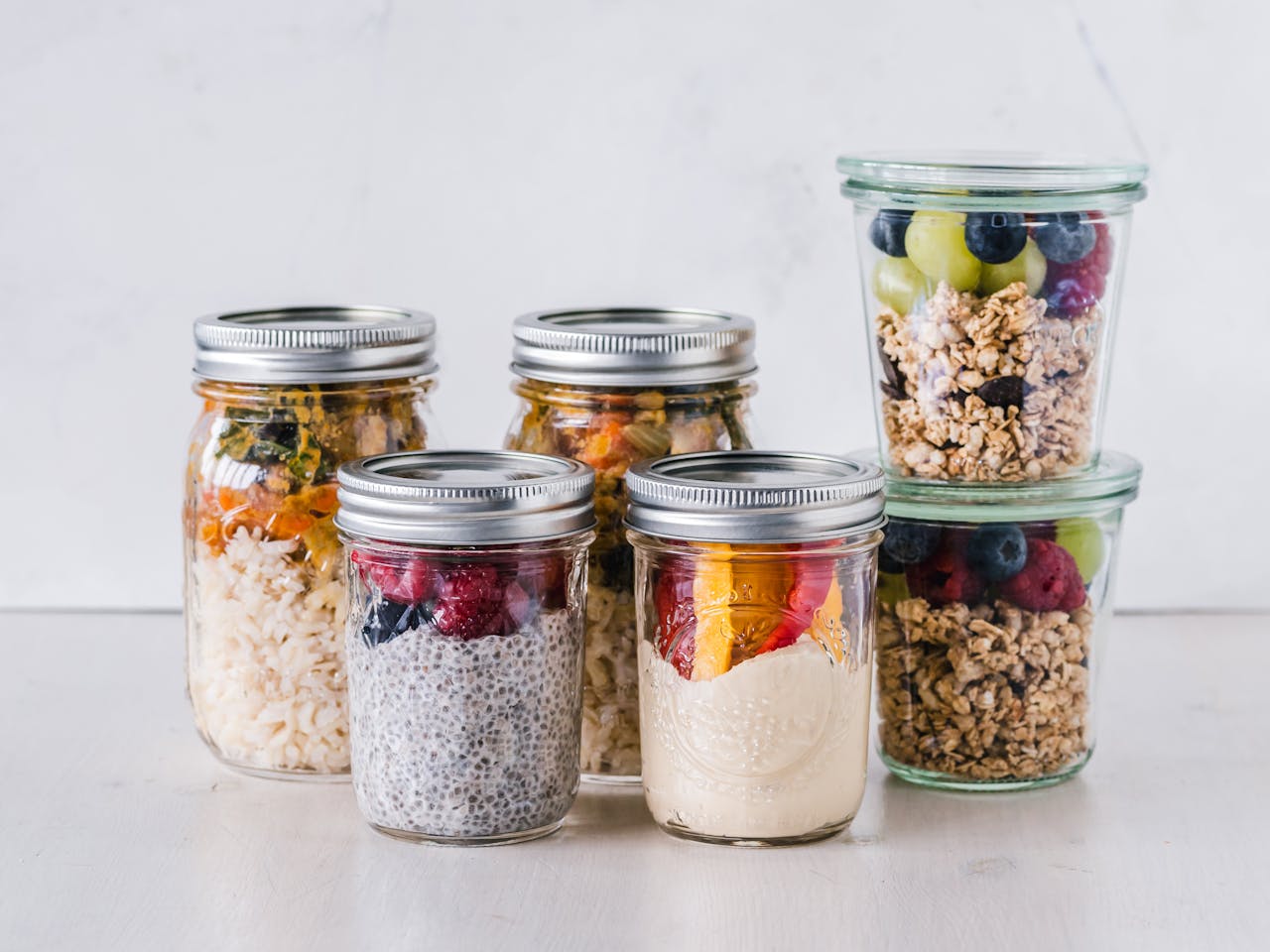In the modern world, where sweetness is often associated with refined white sugar,
natural sweeteners are a real revelation. They have a bright bunch of tastes and aromas
that can turn the usual dishes and drinks into delightful gastronomic works. From the
alluring honey train to the soft caramel sweetness of the reed syrup - a variety of
natural alternatives gives the opportunity to enjoy sweet without guilt and excess
severity. In this article, we will examine in detail the advantages of the transition to
natural sweeteners, reveal the wealth of their taste characteristics and share ideas for
culinary experiments. We plunge into an exciting journey around the world of natural
sweets and reveal the entire depth of their charms.
A brief story of sweeteners
For thousands of years, people have been turning to nature in search of sweetness. The
first references to honey are found in the archaeological finds of ancient Egypt and
Mesopotamia, where the bees were revered as sacred creatures. Later, with the
development of agriculture, the wild plants were replaced by a mellitus culture in Asia,
and then other types of sugar grass. In India, delicate syrup began to extract from an
evergreen agave leaf, in South America - melting juice from maple trees to obtain the
famous maple syrup. The traditions of using natural sweeteners have its own people, but
one thing unites them - the desire to get sweets directly from nature itself, preserving
the maximum taste and useful properties.
A variety of natural sources of sweets
In the modern gastronomic arsenal, hundreds of natural sweeteners are collected. The most
famous are honey, maple, coconut and agave syrups, finite syrup, beet pathos and reed.
Lucuma, mesquate powder, anchone and stevia syrup are less common, as well as venery and
rice syrup. Each variety has its own texture, level of sweetness and thermal resistance,
which allows you to choose the optimal ingredient for any recipe - from delicate yogurt
to complex confectionery. Thanks to the wealth of choice, you can experiment and find
new combinations of tastes that will satisfy even the most demanding gourmets.
The aroma and versatility of taste nuances
Natural sweeteners bring not only sweetness to dishes, but also notes of caramel,
vanilla, nut, fruits and spices. Maple syrup gives a thin rustic aroma of needles and
latex, and coconut syrup - light tropical notes. Finnish syrup has a rich fruit
sweetness with sophisticated caramel-chocolate reflections. Honey of different varieties
(linden, flower, buckwheat) is striking in the variety of aromas: from pale flowing to
the gap. Lukuma gives dishes of a hazel-caramel depth, and a mesquate powder saturates
the sweetness with light wood and strawberry shades. Such a wealth of aromas and tastes
makes each dish unique and full of new taste discoveries.
Nutritional value and natural components
Unlike refined sugar, natural sweeteners contain not only monosaccharides and
disaccharides, but also a whole range of vitamins, minerals and antioxidants. Maple
syrup supplies manganese, zinc and calcium, finite syrup is rich in potassium and iron,
coconut - phosphorus and magnesium. Honey contains enzymes, amino acids, organic acids
and flavonoids. Lukuma and Mesquate powder are sources of fiber and trace elements. The
dyes present in nature, aromatic compounds and biologically active substances give
dishes an additional shade of nutrition and aesthetic pleasure.
Environmental and ethical aspects
The production of natural sweeteners, as a rule, is less energy -intensive and more
environmentally friendly than the processing of sugarcane to white sugar. The collection
of unrefined products often occurs manually, with respect to biological diversity and
without large -scale chemical processing. Beekeeping stimulates pollination of
agricultural crops, and the collection of agave and coconut juice supports traditional
settlements and crafts. When choosing natural alternatives, we contribute to the
preservation of ecosystems, support small farms and contribute to the rational use of
natural resources.
Practical use in cooking
Natural sweeteners open the doors to endless culinary experiments. They solve perfectly
in hot and cold drinks: teas, smoothies, cocktails gain new facets of taste. In baking,
honey and syrups replace sugar in buns and pies, making the dough more elastic and
fragrant. The reed syrup gives particular softness to the glaze and caramels, and the
finish syrup is great for the preparation of chocolate sweets and pastille. You can mix
different sweeteners, achieving the ideal balance of sweet, sour-sweet or thin caramel
notes. The main thing is to take into account the temperature of processing and
consistency, because each product behaves in a test or sauce differently.
How to choose and tasting correctly
When choosing natural sweeteners, it is important to pay attention to the degree of
processing and the origin of the product. It is advisable to give preference to organic
certified options without additives and preservatives. Flarry floral honey should not be
brightened and devoid of pollen, and maple syrup - diluted caramel syrup. Trying
different options, it is worth starting with small spoons to feel the resistance of the
aroma and the intensity of sweetness. A tasting in pure form, on warm water or non -fat
yogurt will help to evaluate the true nature of the product and determine their favorite
sources of natural sweetness.
Delightful completion of a taste journey
Replacing refined sugar with natural sweeteners is not just a fashion trend, but a real
return to the origins of culinary skill. Each ingredient is filled with its own history,
cultural traditions and a unique taste. From the morning coffee with a shade of maple
syrup to the author’s dessert based on honey and Lukuma - the possibilities are
limitless. Allow yourself to discover the world of new sensations, enrich your menu and
give yourself pleasure from natural wealth. Immerse yourself in the magic of natural
sweets and let it revive your recipes, giving vivid moments of true taste and aesthetic
pleasure.

 Top 10 Superfoods to Boost Your Immunity Naturally
Top 10 Superfoods to Boost Your Immunity Naturally

 The Ultimate Guide to Balanced Meals for Everyday Health
The Ultimate Guide to Balanced Meals for Everyday Health

 How to Read Food Labels for Better Nutritional Choices
How to Read Food Labels for Better Nutritional Choices

 Simple and Nutritious Plant-Based Recipes for Beginners
Simple and Nutritious Plant-Based Recipes for Beginners


Ethan Phillips